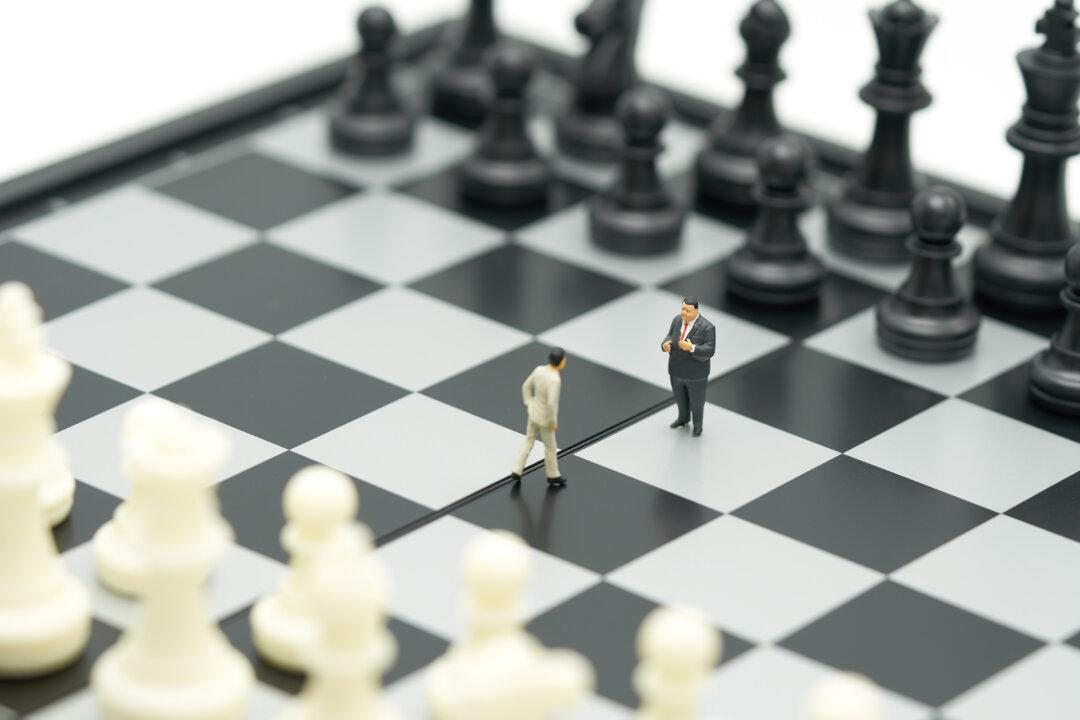Now that there is more open talk about vaccine injury, we are continually assured that overall, these vaccines were worth it even so. The thought always occurs: It has not been worth it for the injured. Nor is their injury lessened by the knowledge that others were helped, if they were.
What precise metric are we going to use to determine costs and benefits population-wide? Many millions were forced to take experimental injections that they didn’t want or need. Many were injured and with no chance of compensation. This is gravely unjust. You don’t need to take recourse to fancy philosophical conjectures (The Trolley Problem, The Lifeboat Dilemma, The Fat Man on the Bridge, etc.) to do the utilitarian calculation.
And yet, such calculations are precisely what the defenders of society-wide pandemic interventions are citing as evidence that we can and should do it again. The costs are high, they now admit, but worth the benefit.
Well, maybe not. It’s hard to say but they will keep working on it. They will decide in due course.
“Australia, Germany, and Switzerland are among the countries that demonstrated those interventions can succeed,” he claims, even though all three countries have been torn apart by the pandemic response that’s still rocking politics and showing itself in economic decline.
“Even the experience of the United States provides overwhelming, if indirect, evidence of the success of those public health measures.”
What is that indirect evidence? This you won’t believe: that flu deaths dramatically fell.
“The public health steps taken to slow Covid contributed significantly to this decline, and those same measures no doubt affected Covid as well.”
That’s a heck of a thing. If you burn down the house to kill the rats and fail, but happen to kill the pets, surely you have some bragging rights there.
There is indeed a big debate on why seasonal flu seems to have nearly disappeared during the pandemic. One theory is simple misclassification, that flu was just as present as always but labeled COVID because PCR tests pick up even slight elements of the pathogen and financial incentives drove one to displace the other. There’s surely an element of this.
Another theory relates to crowding out: the more serious virus pushes aside the less serious one, which is an empirically testable hypothesis.
That said, and even postulating this might be correct, there is nothing to prevent the spread among the population after opening except with even worse results because immune systems are degraded for lack of exposure.
Barry concedes the point but says “such interventions can achieve two important goals.” The first is “preventing hospitals from being overrun. Achieving this outcome could require a cycle of imposing, lifting and reimposing public health measures to slow the spread of the virus. But the public should accept that because the goal is understandable, narrow, and well-defined.”
Fine, but there is a major glaring error. Most hospitals in the United States were not overrun. There is even a genuine question about whether and to what extent New York City hospitals were overrun but, even if they were, this had nothing to do with hospitals in most of the country. And yet the grand central plan closed them all for diagnostics and elective surgeries. In major parts of the country, parking lots were completely empty and nurses were furloughed in more than 300 hospitals.
Overall, that scheme (and who imposed this?) didn’t work too well.
The second supposed benefit you can predict: shutting down buys time “for identifying, manufacturing and distributing therapeutics and vaccines and for clinicians to learn how to manage care with the resources at hand.” This is another strange statement because authorities actually removed therapeutics from the shelves all over the country even though physicians were prescribing them.
As for the supposed vaccine, it did not stop infection or transmission.
So that scheme didn’t work either. There is also something truly cruel about using compulsory methods to preserve the population’s immunological naïveté in anticipation of a vaccine that may or may not work and may or may not cause more harm than good. And yet that is precisely the plan.
The most alarming part of Barry’s article, even aside from his incorrect claim that masks work, is this statement: “So the question isn’t whether those measures work. They do. It’s whether their benefits outweigh their social and economic costs. This will be a continuing calculation.”
Again, we are back to benefit versus costs. It’s one thing for a person confronting a true moral or personal difficulty to make that calculation and live with the consequences. Every philosophical problem listed above—trolley cars and lifeboats—involves personal choices and single decision-makers. In the case of pandemic planning and response, we are talking about groups of intellectuals and bureaucrats making decisions for the whole of society. In the last go-round, they made these decisions for the entire world with catastrophic results.
Many hundreds of years ago and following, the Western mind decided that giving such power to elites was not a good idea. The “continuing calculation” about what costs and benefits are experienced by billions of people from compulsory impositions is not something we should risk, not even with AI (which Barry says will solve the problems next time). Instead, we generally decided that a presumption of freedom is a better idea than empowering a small elite of scientists with the power to make “continuing calculations” for our supposed benefit.
Among many problems with the scientistic scheme for elite rule in the realm of infectious disease is that the population as a whole has no way to evaluate schemes and claims made to them by the government itself. They told us terrible population-wide death would come from COVID but it turned out to be exactly what others said back in February 2020; a disease impactful mainly on the aged and infirm.
But let’s say the bird flu really does get bad. Should the scientists who ruled us last time be trusted to do it again? That’s Mr. Barry’s plea: He demands “trust in government.” At the same time, he wants government to have the power to censor dissent. He falsely claims that last time, “there was no organized effort to counter social media disinformation” despite vast evidence of exactly this.
And, honestly, he knows this. Every bit of it. I have no doubt that if we met for cocktails, he would agree with most of this article. But he would also quickly point out that, after all, The New York Times commissioned the article so he can only say so much. He is merely being strategic, don’t you know?
This is the problem we face today with nearly all ruling-class intellectuals. We don’t actually disagree that much on the facts. We disagree on how much of the facts we are in a position to admit. This puts Brownstone in a very awkward position of being a venue to say publicly what most people in the know say only privately. We do it because we believe in doing so.
All of which underscores the more general point: Government and its connected scientists simply cannot be trusted with this kind of power. The last experience illustrates why. We forged our societies to have laws and guaranteed liberties that can never be taken away, not even during a pandemic. It’s never worth using the power of the state to ruin lives to fulfill anyone’s abstract vision of what constitutes the greater good.







